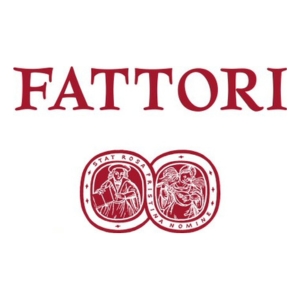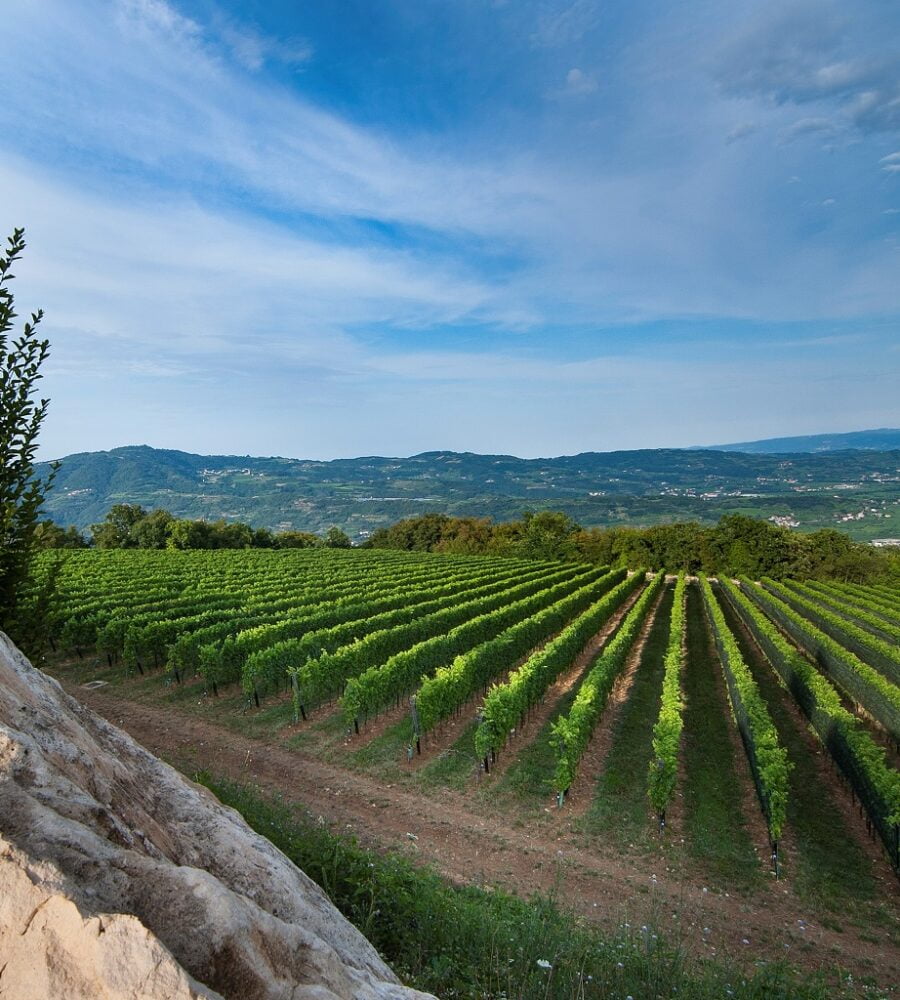OUR SUPPLIERS
Fattori

FATTORI
The surname “Fattori” placed them as someone who worked for a local landowner. I don’t know how or when we became farmer who owned lands.
The vineyard history was first documented at the beginning of last century when Antonio, our grand father, began to plant vines in the hills around the village of Terrossa. A tireless and headstrong man didn’t loose faith when on returning from the First World War he found his vines destroyed by filossera.
Born in 1888, I remember him already old, always without shoes, with a wiry beard. It was he who started to produce wines, in particular sweet ones, filtered using old Dutch filters. These he sold transporting them in barrels and horse drawn carts to Verona’s and Vicenza’s typical bars called osterie and trattorie.
Following Antonio, came my father, a generous and charitable man, often too timid and certainly a noble man from the past in a world that didn’t always seen to belong to him He left us the nucleus of the actual building, no so many riches, but a big humanity.

STORY
We have been running the winery since 1970.
I, another of a long series of “Antonio”, was the first of a Veneto farming family who had the possibility to study and obviously, it was already planned when I was born, I dedicated to study winemaking. I immediately had the desire to create, experiment and bring modern scientific methods, but also to research the most authentic and original traditions. I imagined creating more attractive wines, less tiredly and more vibrant. I desired both elegant aromas and body.
The results are the fruits of a journey which gave me the possibility to visit places, to meet people and to experiment with techniques, instruments and methods. New vineyards or saving some of the older ones, cement, wood or stainless steel vats, fermentation at even lower temperatures to search the limits.
Nowadays our vineyards are located between 150 to 450 m a/sl. At each altitude different vines for different wines. The must is processed in a winery where using non-invasive methods allows us to eliminate, almost totally, the use of chemicals.
The world of wine is formed by seasons, situations and conditions that are never the same. No amount of experience is ever enough. The important thing is to search, to attempt with determination, humility and a little patience.

CULTIVATION
Before talking about vines and vineyards we need to explain how we cultivate.
For a few years we have decided to dedicate the care of our vineyards to high-level environmental sustainability which we are introducing with method and severity, avoiding short-cuts and esoteric practices, carrying out accurate tests in the territory which for habit, exposure and ventilation are intrinsically resistant to pathologies and therefore naturally adapted to sustainability.
Therefore the most important choice has been the elimination of insecticides/fungicides traditionally used in the battle against “tignola” and fungal diseases (peronospera, oidio, botrytis) which have been substituted with natural products. In the first case, the use of substances “confuse” the sexual process and therefore avoid/limit the proliferation of the insects, in the second, using just copper and essential oils of vegetable origin.
We are debating the question of chemical fertilization and its possible substitution using two agronomy techniques or rather the organic fertilization or the use of green manure, in particular the latter. The technique at using green manure consists in the sowing and later digging in of specific herbal substances able to naturally enrich the soil (to add nitrogen) and harmonize the balance, in particular the ratio magnesium/potassium, often not balanced in our volcanic soils. For this use, the most used vegetal species are Trifolium Incarnatum Molineri, Vicia Sativa, Lolium Italicum.

VINEYARDS
WHITE VINEYARDS
Our “white” vineyards are found on the basalt slopes of the Alpone valley which are normally black, in some rare cases yellow and sometimes red, the origin of Terrossa, where the company was founded and where, still today, the winery is based.
All of the vineyards have an altitude of between 150 and 450m where the dry ventilated climate permits and facilitates a substantial cultivation when non biological.
Over the last years, we have pointed towards altitude to benefit from the climatic transformation; the higher the vineyard the fresher and more nervous and mineral the aroma.
For us, and I believe for all the farmers who cultivate the hillsides, it’s inexistent and unthinkable to do a job like this without passion. The hillside vineyard has its own exclusive personality, you can see this over and over again in each corner, valley, gorge, escarpment and recess. It creeps into the woodland as does the woodland do to it.
Hillside farming is a true passion tied to the land, a cultural and territorial guarantee, the defence an environment as gentle as it is fragile. In our vineyards the pride of place is for the Garganega, this region’s backbone, without forgetting the Durello, a true indigenous grape as well as Trebbiano di Soave. In addition to the above, we have, with conviction, searched for, individuated and dedicated two terrains, both in the area of Roncà, to the national and international challenge, devoting each, respectively, to Pinot Grigio and Sauvignon.
RED VINEYARDS
Recently we have bought a 12 hectare property in an area called Col de la Bastia, Valpolicella denomination, in the commune of Montecchia, the estreme eastern side of this denomination.
Here the vineyards cover the ridge dividing the Val d’Alpone and the Val d’Illasi, just above the village of Castelcerino and surrounded by the Lessini chain, from Monte baldo to the Little Dolomites.
Up here, the basalt, apart from rare cases, leaves the area open to limestone which blends with yellow sandstone, rich in sulphur. These diverse components form a distinctive geological situation created by the combination of altitude and constant ventilation, a truly optimal location for Corvina from whose grapes, cultivated biologically, derives Amarone and the Ripasso Col de la Bastia.

VITE COLTE
VIDEOS
Handpicked Wines
Where Every Sip is a Stroll Through Each Vineyard.
Sign up for our NEWLETTERS
Keep updated with the latest and greatest from our wonderful world of wine.
